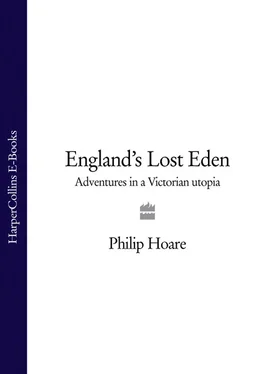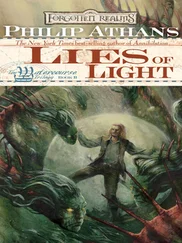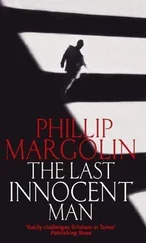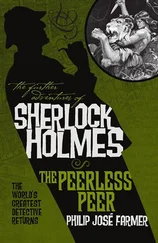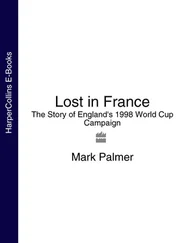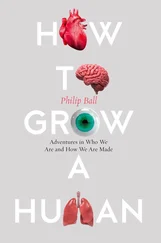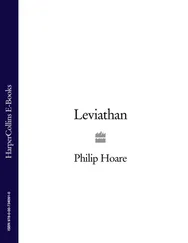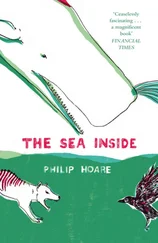The facts of Mary Ann’s early life are equally unrevealing. She was born on 27 April 1827 in a cottage at Little Glemham, a village in rural Suffolk, between Woodbridge and Aldeburgh. It is a faintly threatening landscape of corn fields and black crows, often over-lowered by rain clouds which sweep in from the east, streaking downwards as if to suck water from the sea and unload it over the unsuspecting countryside. Mary Ann’s family, the Cloutings, lived in a cottage on Tinkerbrook Lane, an undulating country road now empty of the slate-roofed cottages which once lined it, long since consumed by the expanding fields of modern farming. But it is still bounded on one side by the estate and substantial brick mansion of Glemham Hall, and on the other by the river Alde, which widens into marshland before it reaches the sea at Aldeburgh. There, on a shingle spit, stands a pillbox-like Martello tower – the northernmost link in a chain to defend against Napoleonic invasion which stretched along the shape-changing Orford Ness and down the English coast as far as Hampshire. In Mary Ann’s time, the houses of the fishing village of Slaughden clustered round the tower; but like its outer defences, they were long ago lost to the grey-brown waters of the German Sea.
Both Constable and Turner painted this watery landscape, but in the early nineteenth century the lives of Suffolk’s ‘wild amphibious race’ were also recorded by the ‘poet of the poor’, George Crabbe, whose verse discerned the grimness as well as the beauty of this countryside and its people. Crabbe practised as a surgeon in Aldeburgh, and was addicted to opium, but later became a curate and preached in Little Glemham’s parish church, St Andrew’s, its characteristic Suffolk flint-knapped square tower rising over the land and its porch painted in gothic letters, enjoining worshippers, ‘This is the Gate of the Lord’. Inside, a neo-classical chapel and a white marble statue still bear testament to the master of Glemham Hall, Dudley North, Crabbe’s patron. Crabbe made his name in London with the help of friends such as Edmund Burke and Charles Fox; but in 1810 he wrote The Borough , and its tale of ‘an old fisherman of Aldborough, while Mr Crabbe was practising there as a surgeon. He had a succession of apprentices from London, and a certain sum with each. As the boys all disappeared under circumstances of strong suspicion, the man was warned by some of the principal inhabitants, that if another followed in like manner, he should certainly be charged with murder’. The story of Peter Grimes – who, it was implied, violated his charges – would provide Benjamin Britten with his opera. Its author – whom the Cloutings may well have heard preach in St Andrew’s – died in 1832, leaving his son, John, to become vicar of Little Glemham in 1840.
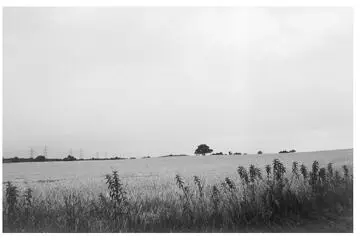
Like the New Forest, this corner of England has its own peculiarities. Its bleak, rattling coast stretches from Lowestoft to Felixstowe, passing the drowned churches of Dunwich and the ominous concrete bulk of Sizewell’s nuclear reactor which towers over black clapboard cottages that look as though they were painted with pitch. In Mary Ann’s day, the landscape was studded with windmills and church towers, a scene described by M. R. James in ‘A Warning to the Curious’: ‘Marshes intersected by dykes to the south, recalling the early chapters of Great Expectations ; flat fields to the north, merging into heath; heath, fire woods, and above all, gorse, inland’. James’ eerie story, ‘Oh, Whistle, and I’ll come to you, My Lad’ – with its ghastly pursuer on the beach, ‘a figure in pale, fluttering draperies, ill-defined’ – was set on this coastline; Dickens’ collaborator, Wilkie Collins, another writer of mysteries, used Aldeburgh for his novel, No Name . And up the river Deben at Woodbridge, Edward FitzGerald, translator of The Rubiyat of Omar Khayyám , lived as an eccentric recluse, sailing his yacht in a white feather boa, eating a vegetarian diet, and mourning the death of his young friend, William Browne.
Parts of the Suffolk coast remain the least populated in southern England, yet its emptiness is as deceptive as the New Forest’s heath. In 1827, the year in which Mary Ann was born, ‘seven or eight gentlemen from London’ descended on the burial mounds at Snape, taking ‘quantities of gold rings, brooches, chains, etc’ away after their excavations; a century later, in the 1930s, a Saxon treasure trove would be discovered at Sutton Hoo, on the outskirts of Woodbridge. More recently, a mysterious circle of upturned oaks, reaching down to the watery otherworld of the ancient Britons, was found on the shore. Later, medieval Christianity produced its prophets: Julian of Norwich, the mystic and anchoress who endured ‘showings’ in 1370; and Margery Kempe of Kings Lynn who, thirty years later, was inspired by visions to renounce the marital bed, fine clothes and meat for communion with Christ. Modern science would discern other symptoms in these phenomena, but to the faithful of the fourteenth century, they were signs of a metaphysical universe.
They may have been lowly, but the Cloutings could trace their Suffolk roots back to the age of Julian of Norwich, when Wilmo Clouting was born, in 1327. In the five hundred years since, the family had barely moved fifteen miles, from the villages of Laxfield, Stradbroke and Saxmundham, to Orford – where Mary Ann’s grandfather, William, was born in 1760 – then inland to Little Glemham, where her father, also named William, was born in 1804.
Born before Victoria ascended the throne, Mary Ann came into a very different world to the one she would leave six decades later. ‘It was only yesterday, but what a gulf between now and then’, wrote William Makepeace Thackeray in 1860, looking back on his childhood. ‘ Then was the old world. Stage-coaches … highwaymen, Druids, Ancient Britons … all these belong to the old period … We who lived before railways and survive out of the ancient world, are like Father Noah and his family out of the Ark.’ This often flooded corner of England was a remote, self-sufficient community in which lives were lived within themselves, as the reiteration of Suffolk surnames entered in the census and carved on village tombstones – Benham and Folkard, Todd and Barham, Girling and Clouting – suggest.
The Cloutings’ was certainly a crowded household. The first modern census, taken in 1841 when Mary Ann was fourteen, records that her father, William, and mother Emma (née Gibbs, and born in nearby Benhall), were then both thirty-five. Mary Ann had five younger brothers: John, aged twelve, Robert, ten, William, eight, Henry, six, and Charles, one; her only sister, Emma, was four. Later two more girls, Jane and Susan, would be born, along with another boy, Mark. They lived in a village of some sixty houses with a population of about three hundred, most of whose men were farm labourers like William Clouting, or blacksmiths, coachmen or wheelwrights. Like many such settlements, it had grown up in a haphazard fashion along the road, and its life centred around the parish church and its vicar, John Crabbe, the Red Lion Inn and its patrons, and the Norths of Glemham Hall; a semi-feudal existence which depended on a good harvest and the ability to pay the rent.
Yet even this rural backwater was moving into the modern world. In the ‘Hungry Forties’ of bad harvests and poverty, the People’s Charter for universal sufferage became an emblem of the stirring power of the working class. In 1845 the Chartists’ champion, Feargus O’Connor, set up small-holdings in which Shelley’s ‘helots of luxury’ could escape industrial tyranny and unemployment in a bid for self-sufficiency; at the same time, railways and new roads spread across the country and provided another network for social change. Meanwhile the Anglican church, despite a similar boom in construction, was threatened by an equivalent growth in nonconformism and a decline in belief. In March 1851, the first religious census held in Britain found that of a population of 17,927,609, fewer than half, 7,261,032, attended at Divine Service in chapels and churches; it was estimated that 5,288,294 people who could have gone to worship did not. While evangelism had touched the entire country in the 1830s, science would weaken orthodox religion. ‘It is said that in tropical forests one can almost hear the vegetation growing,’ wrote W. H. Mallock in 1877. ‘One may almost say that with us one can hear faith decaying’.
Читать дальше
